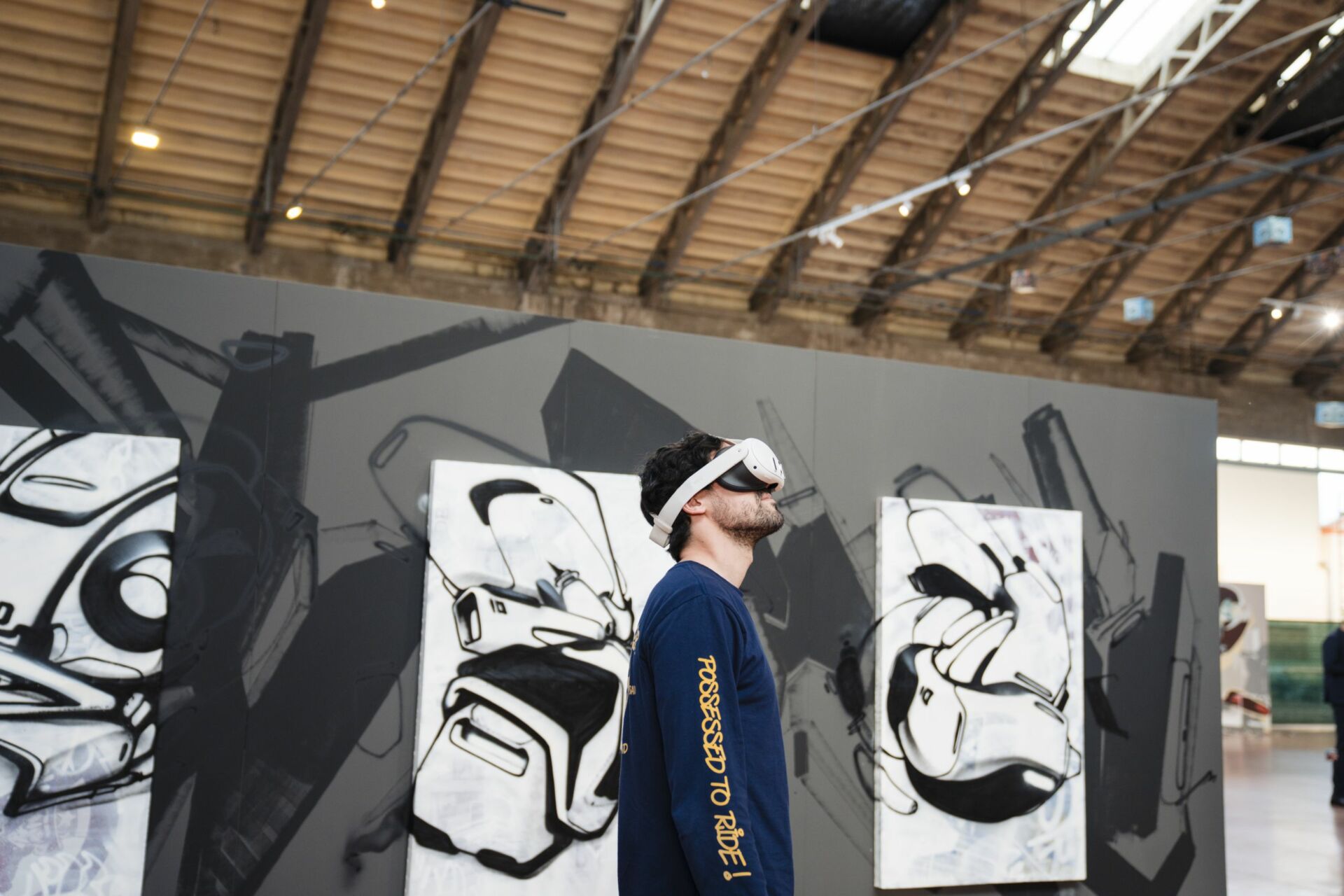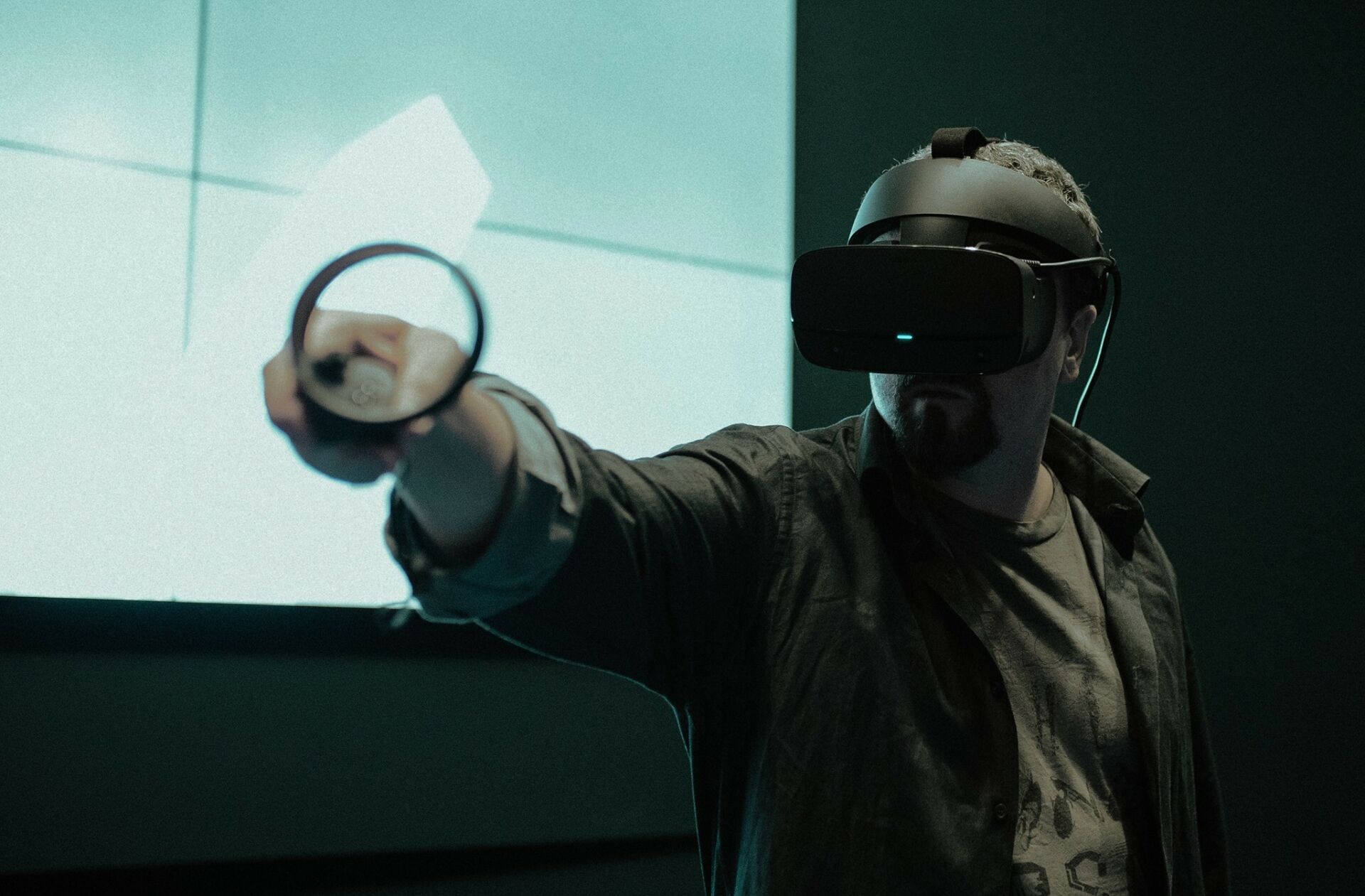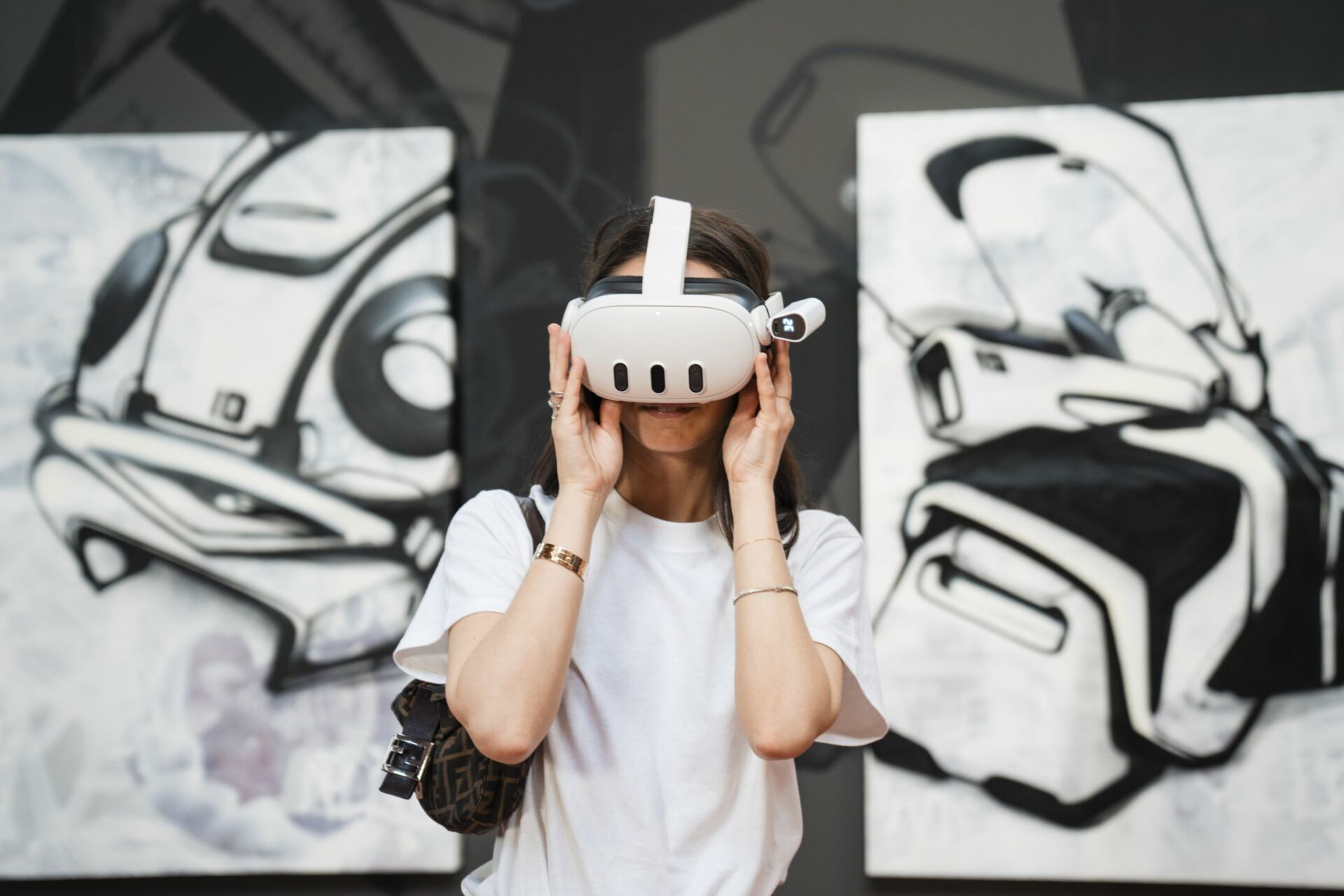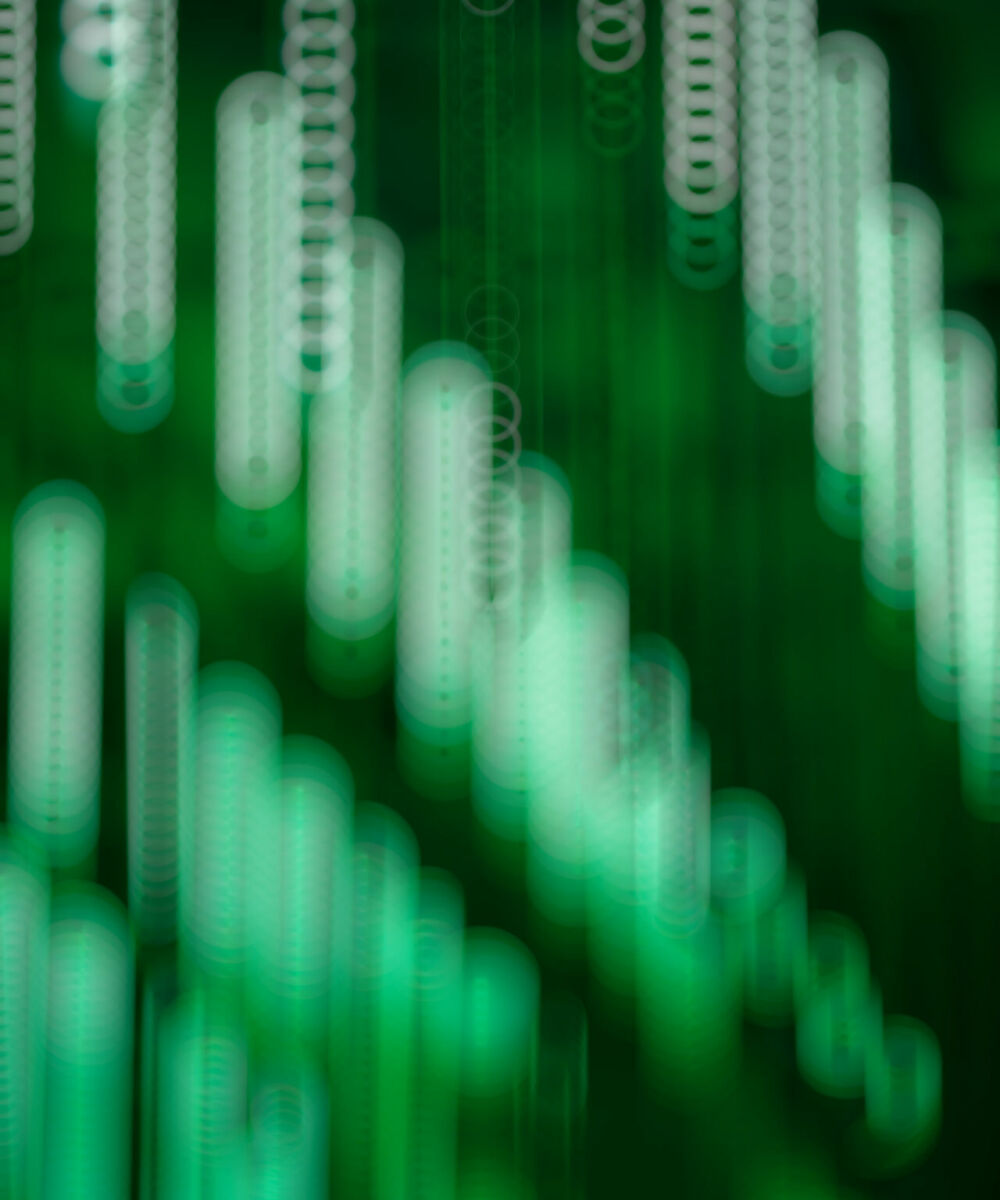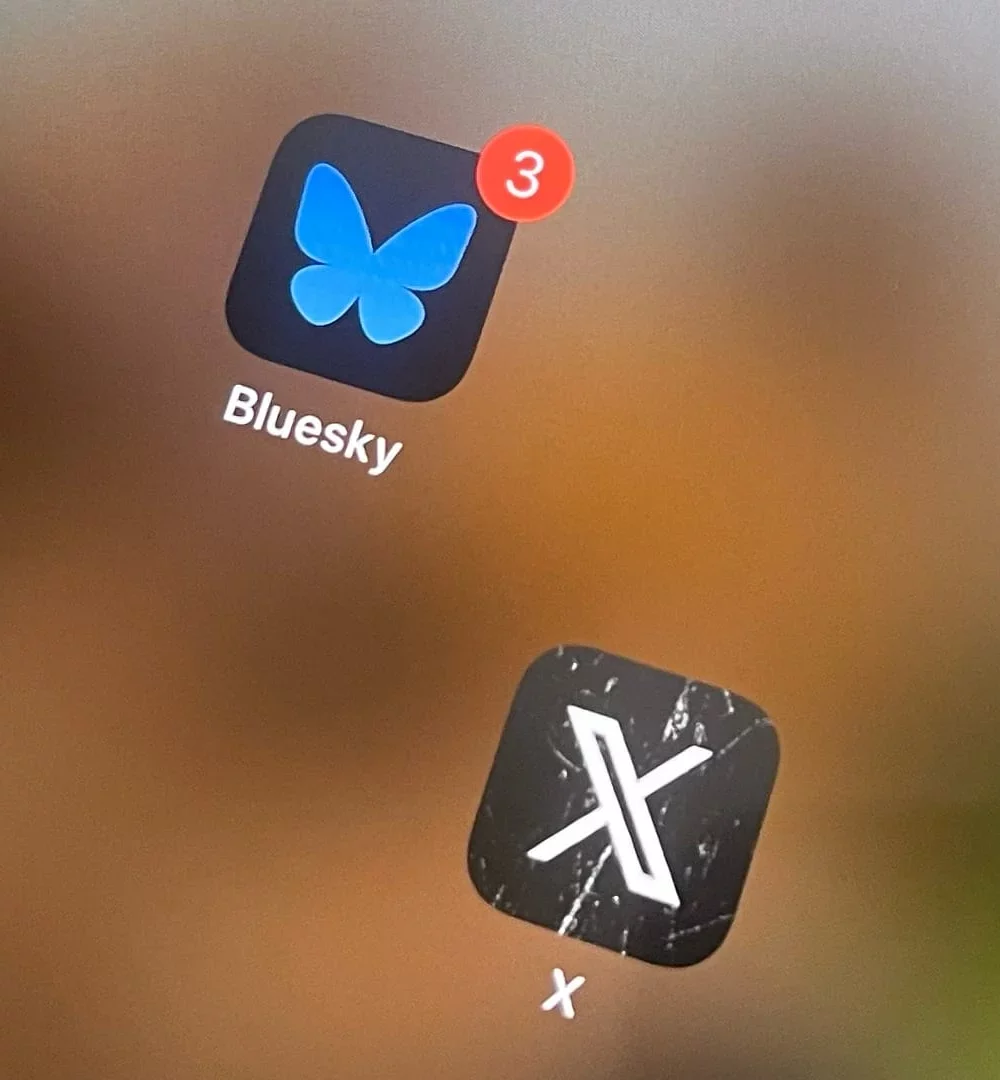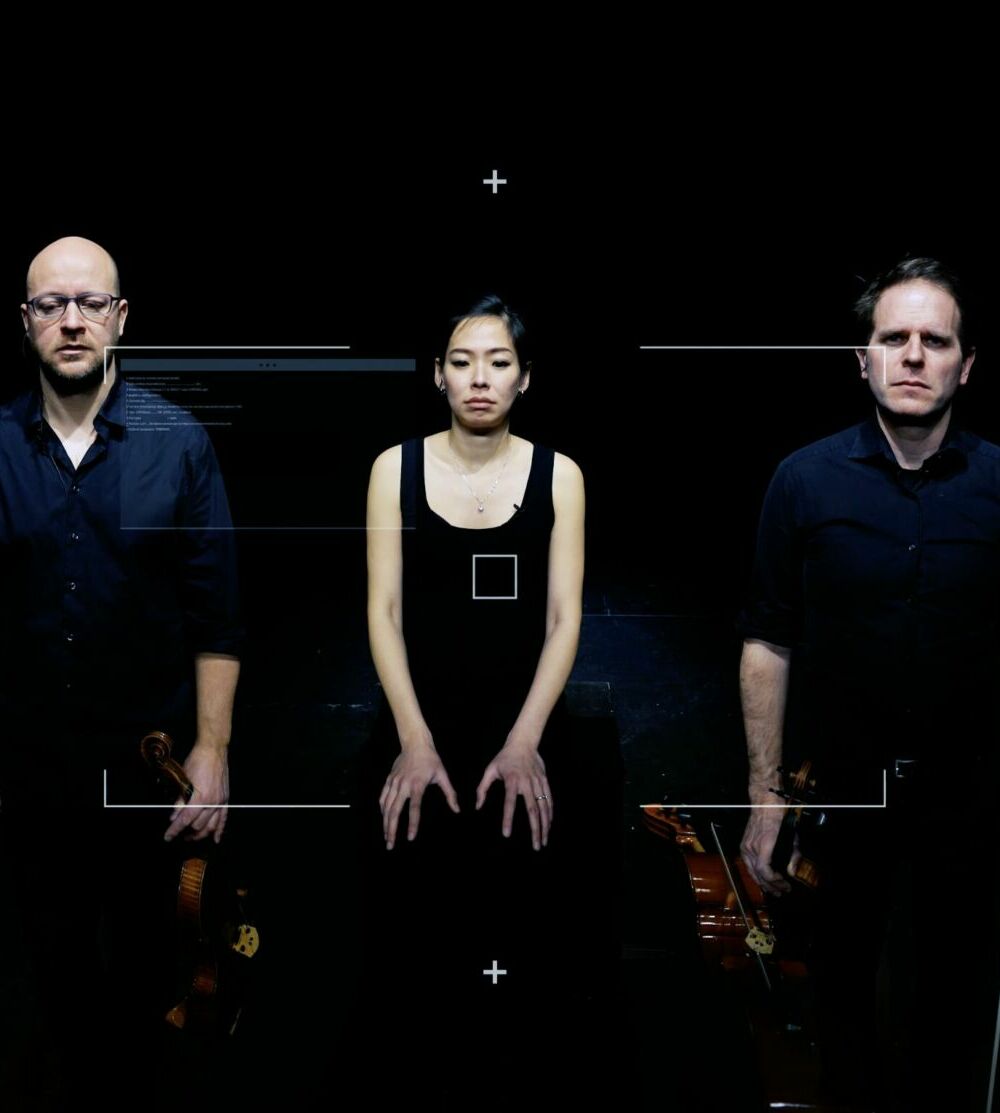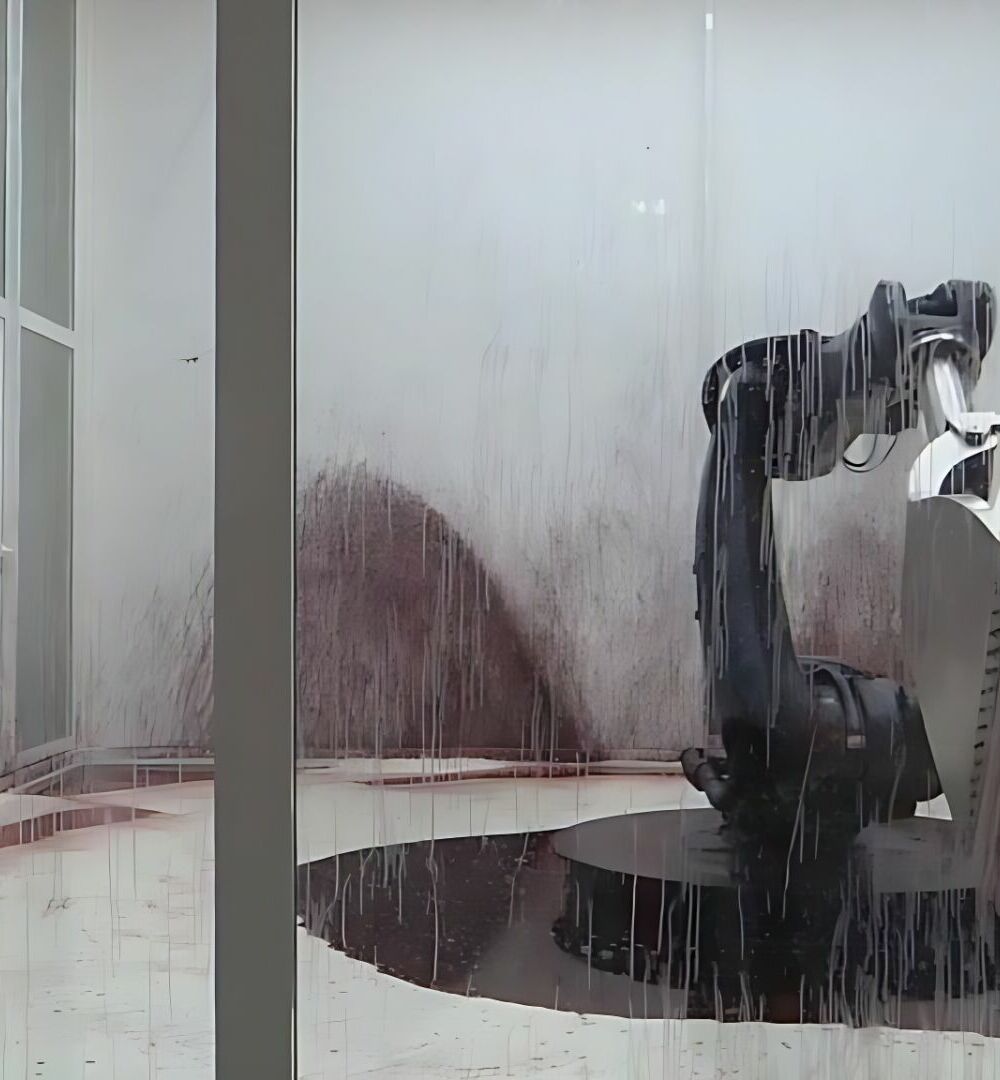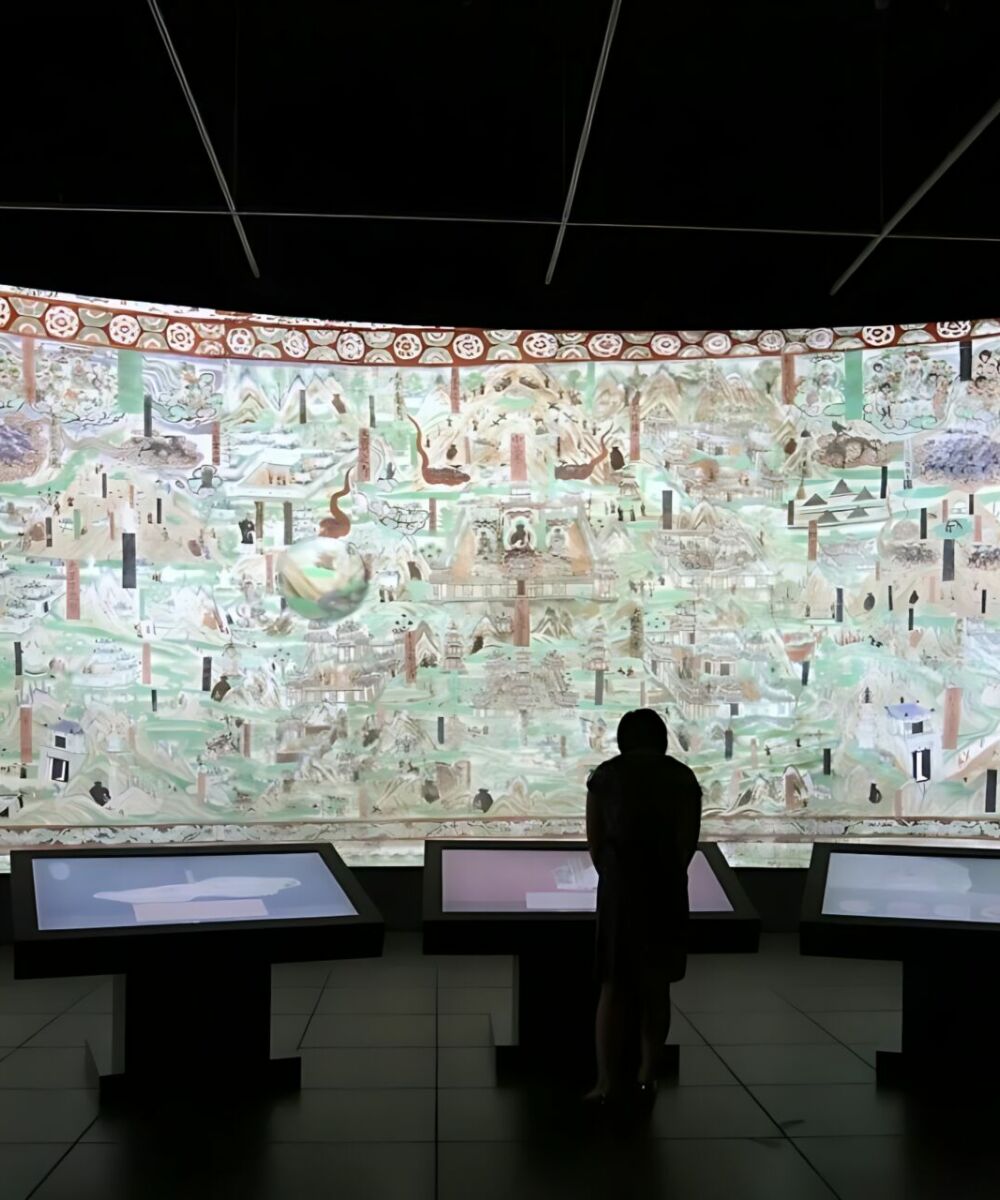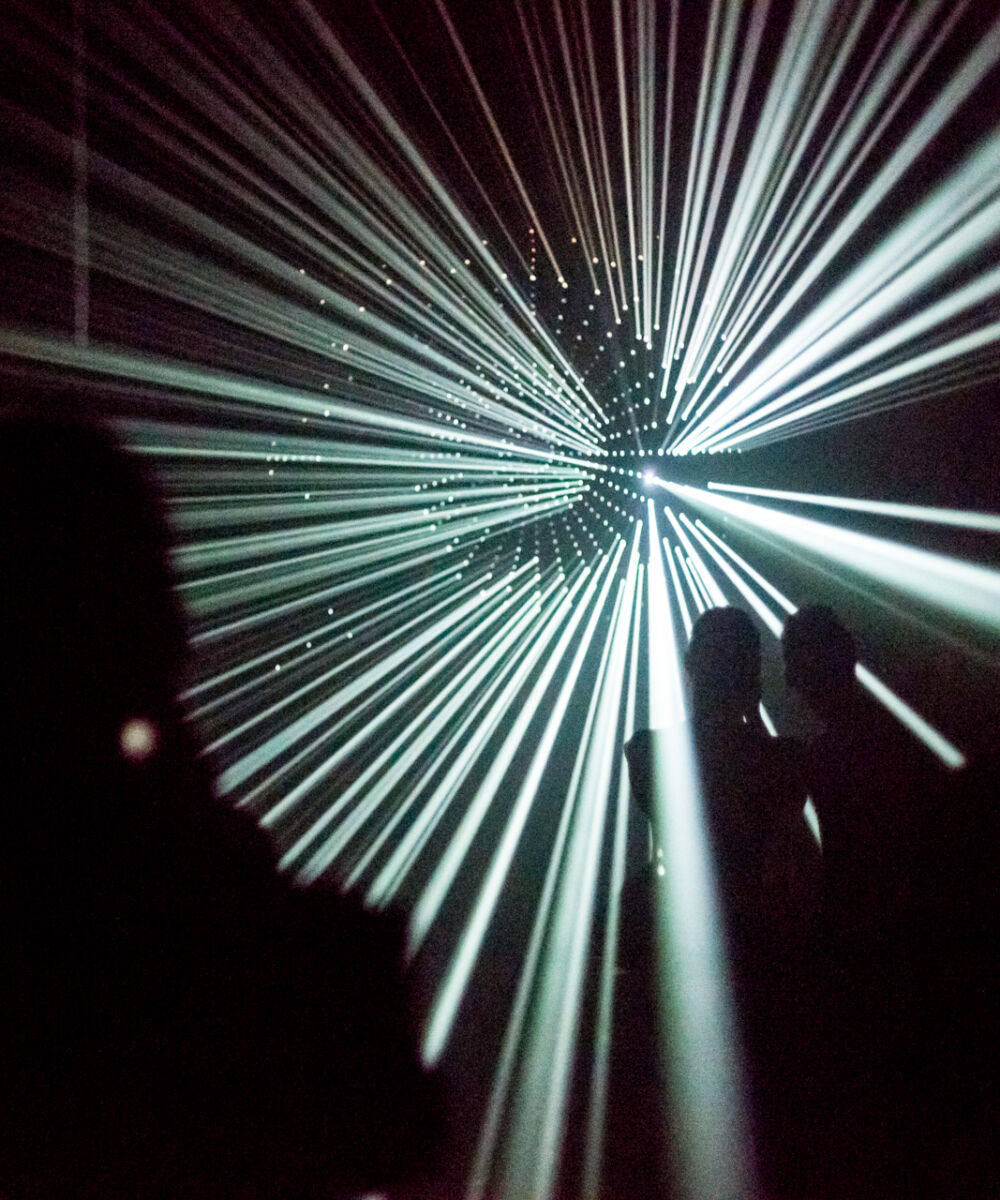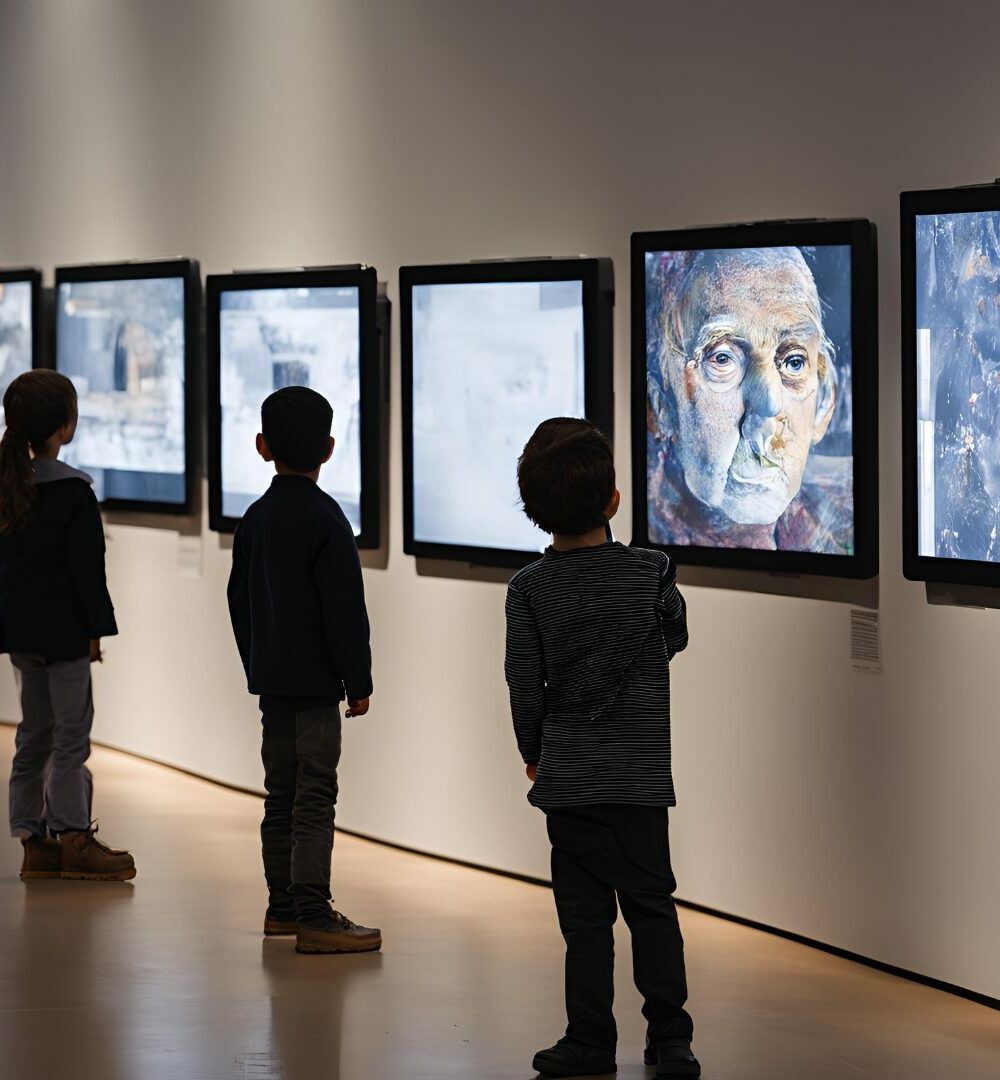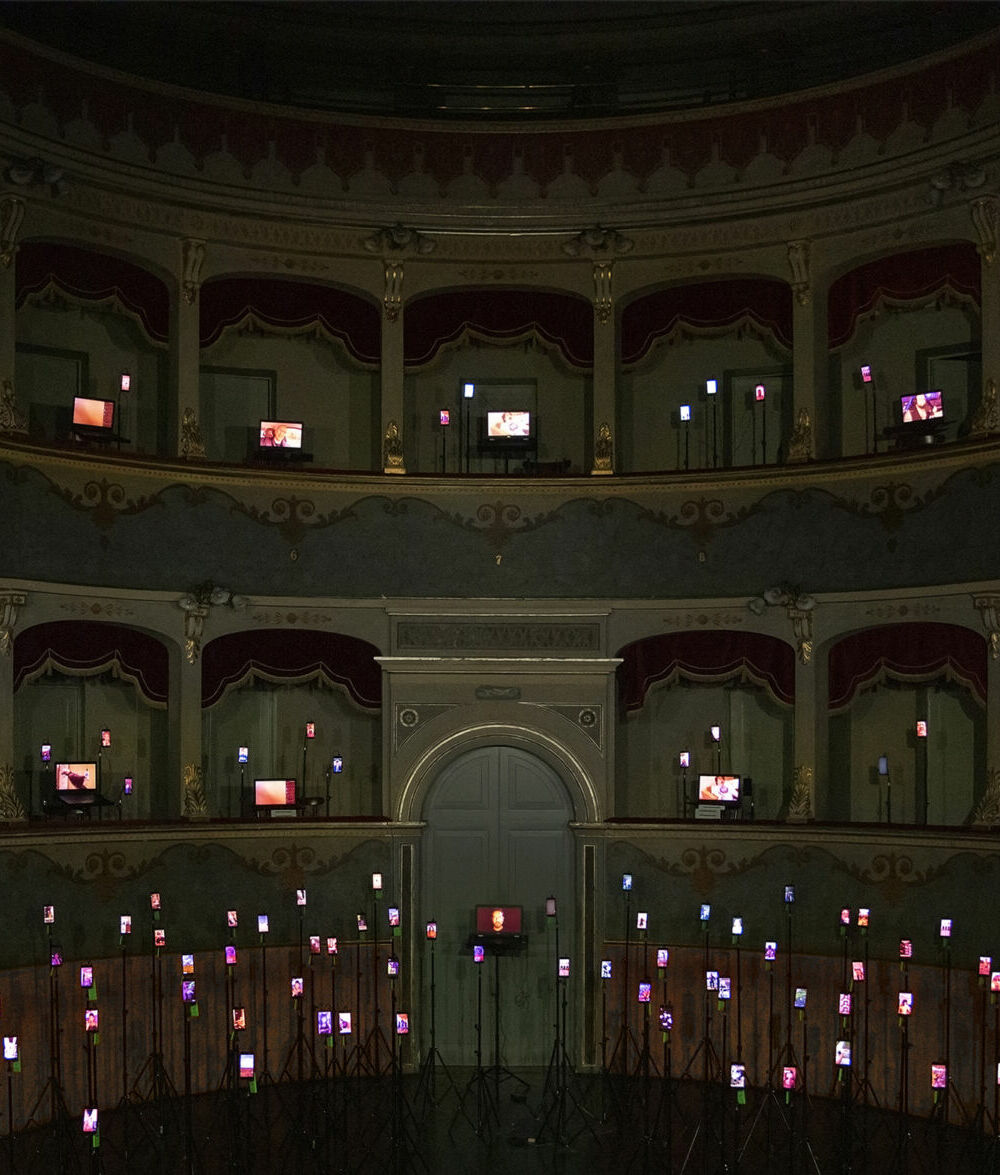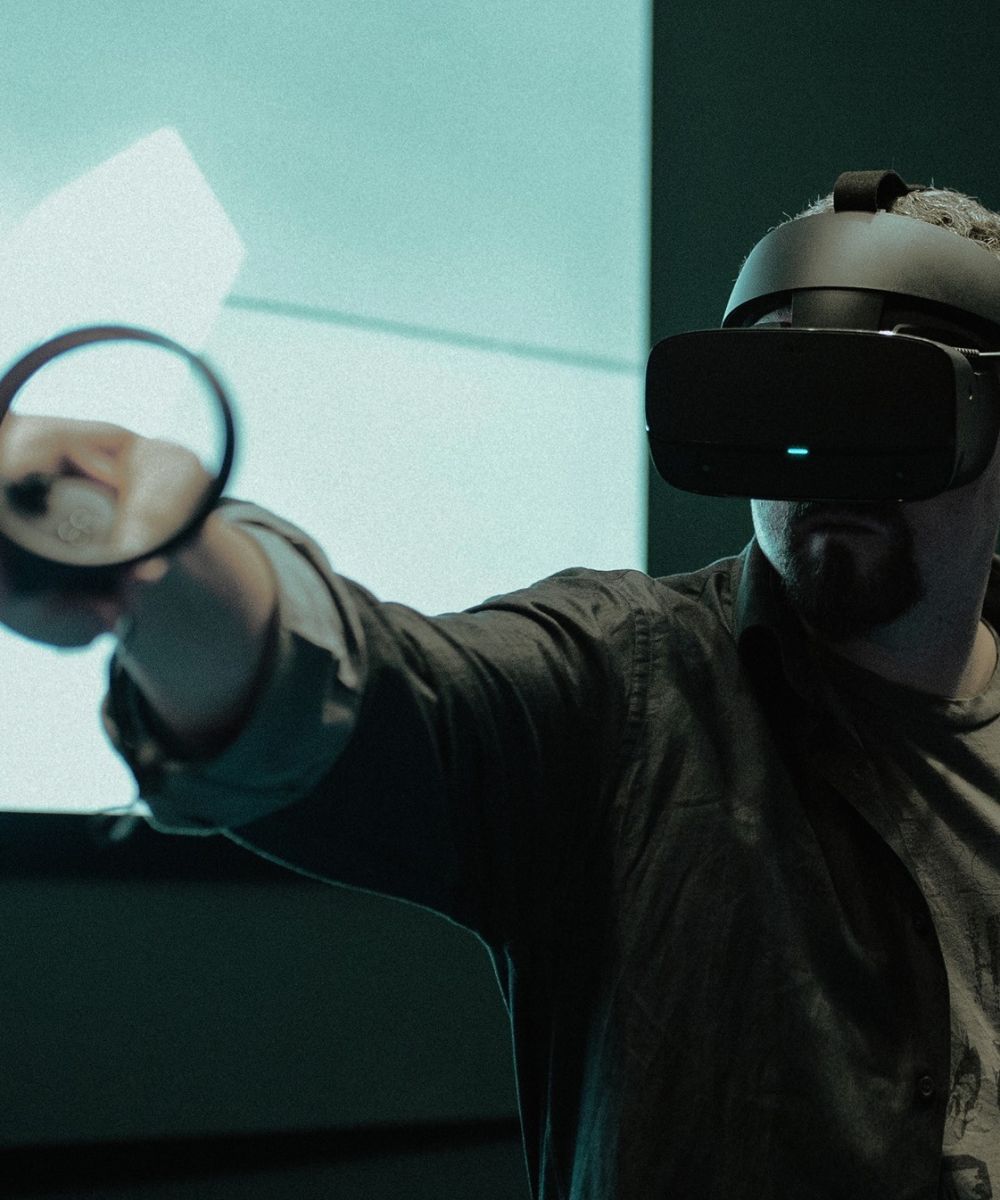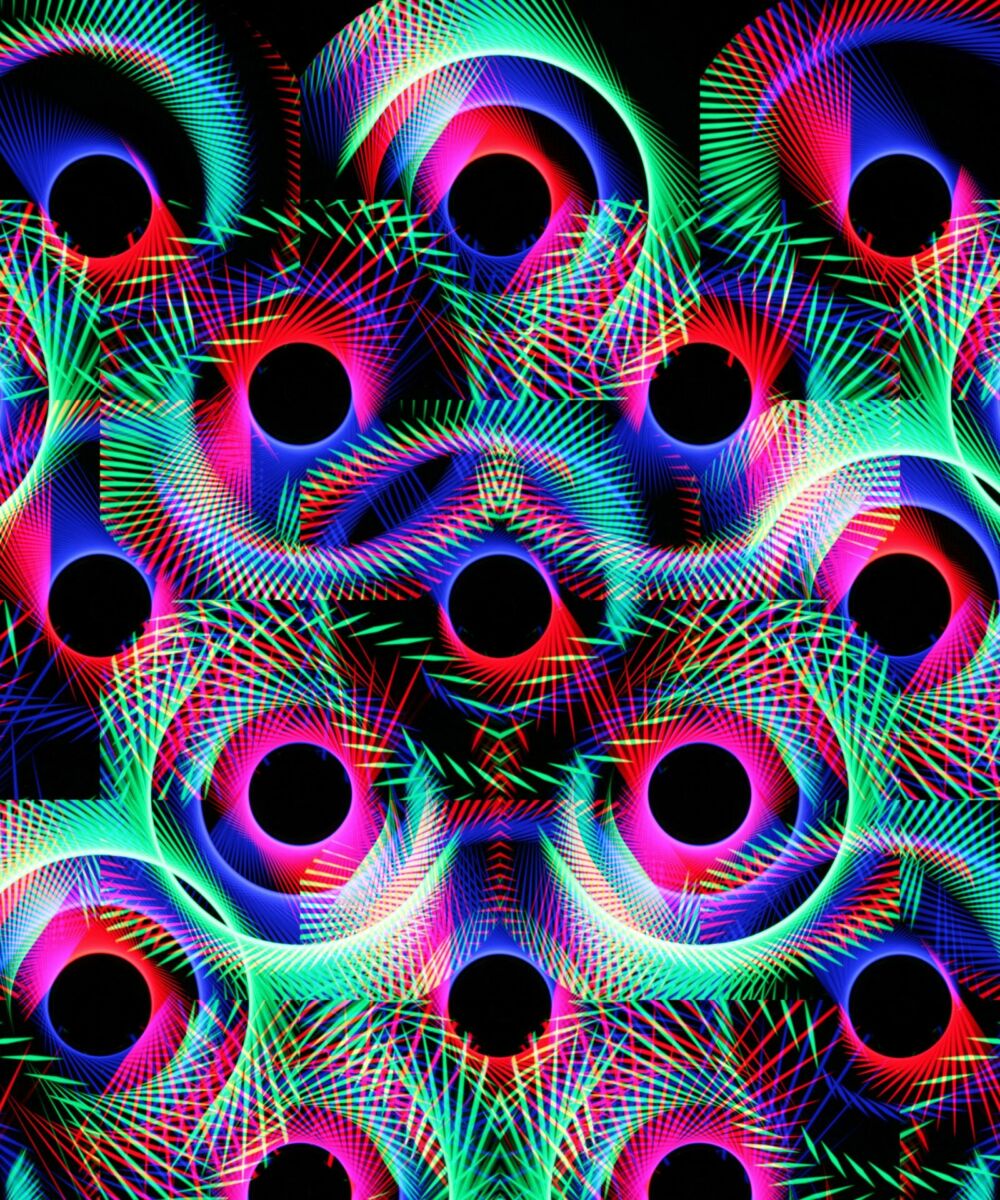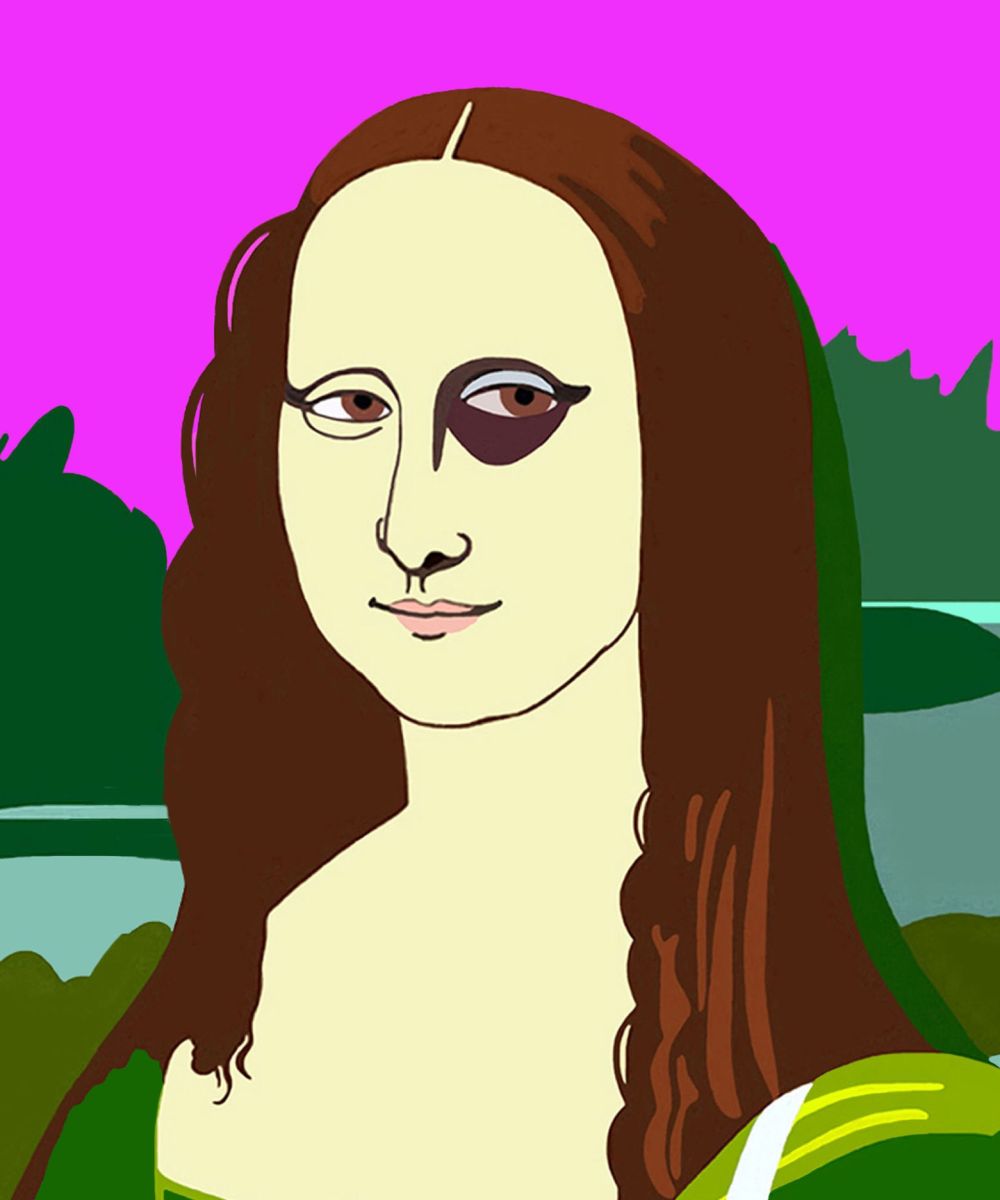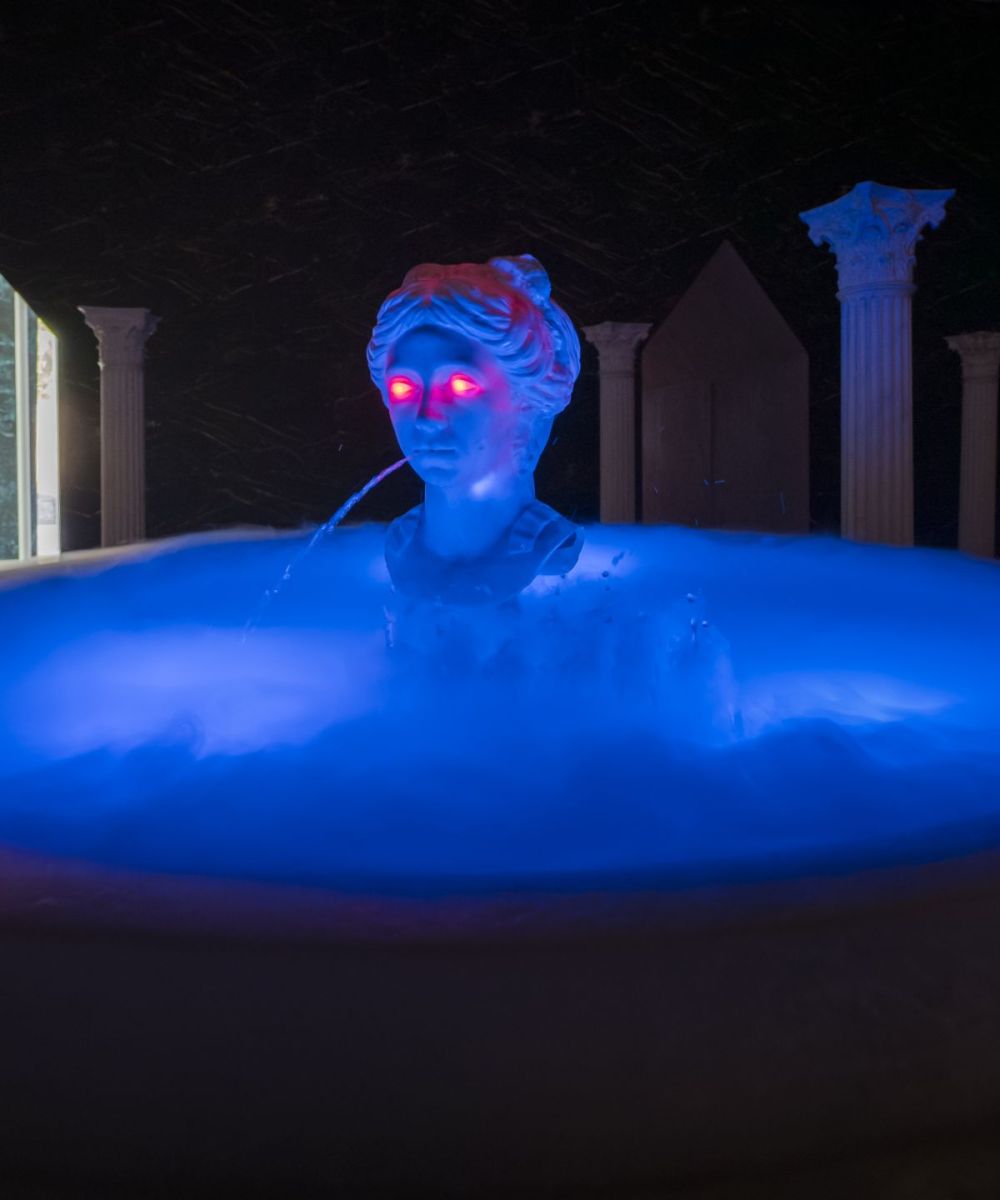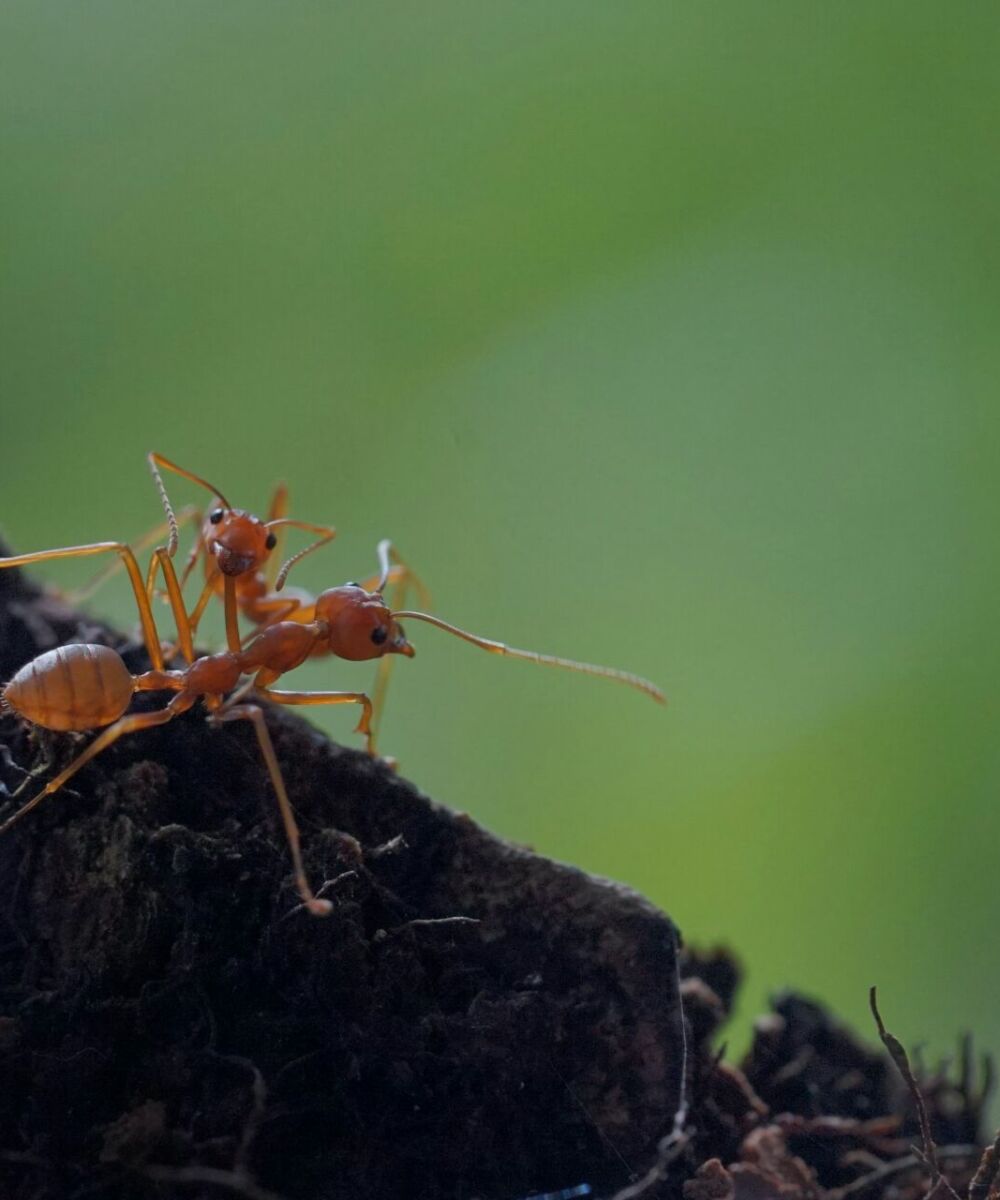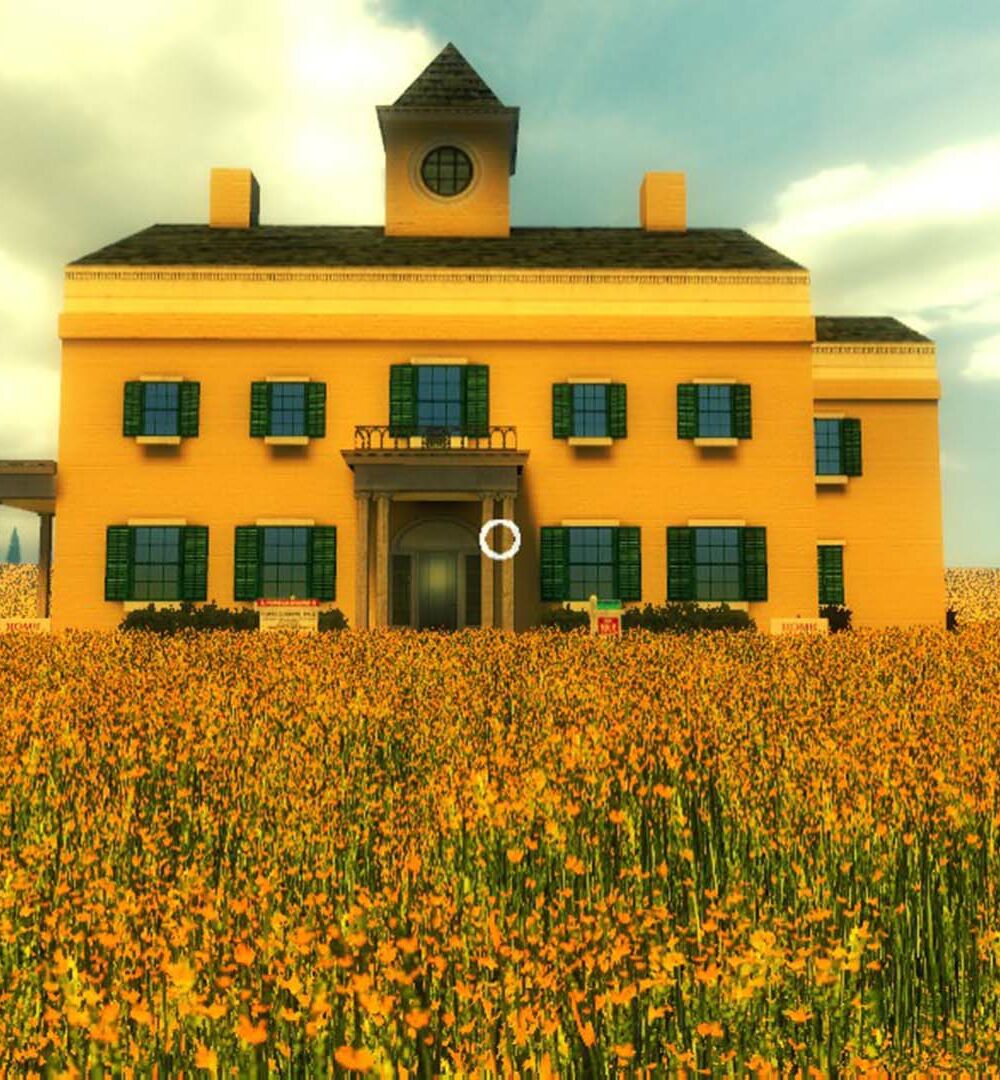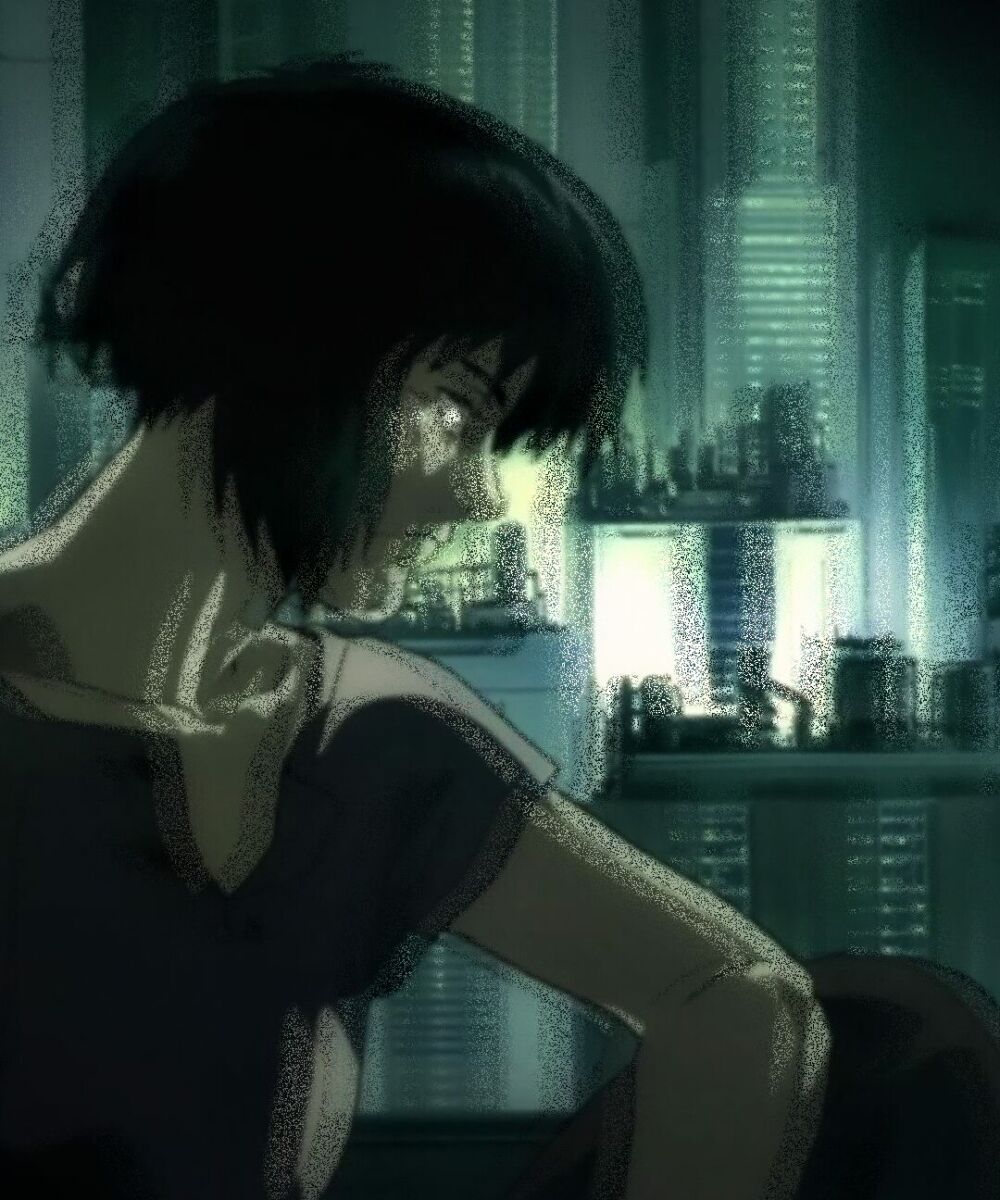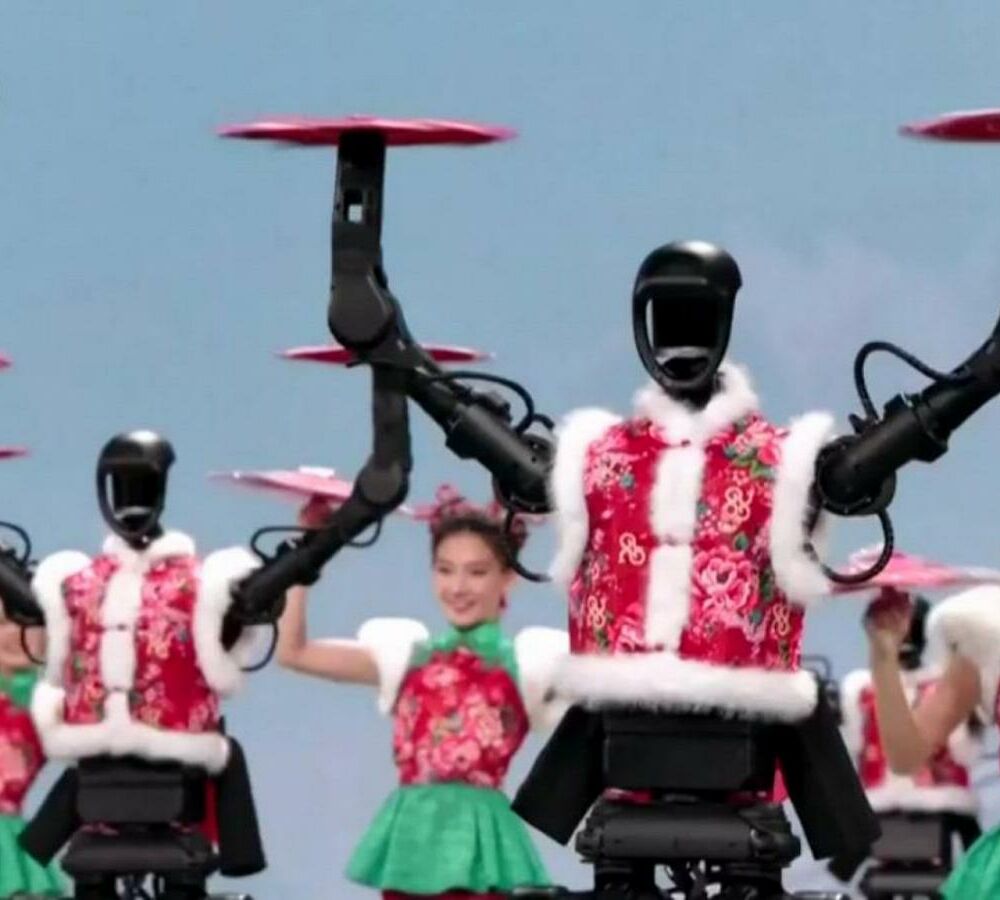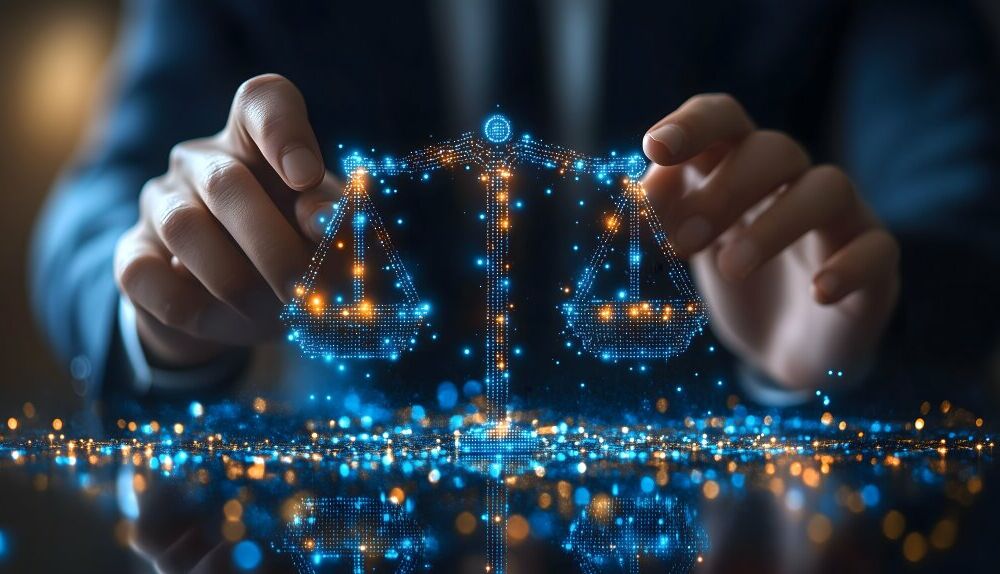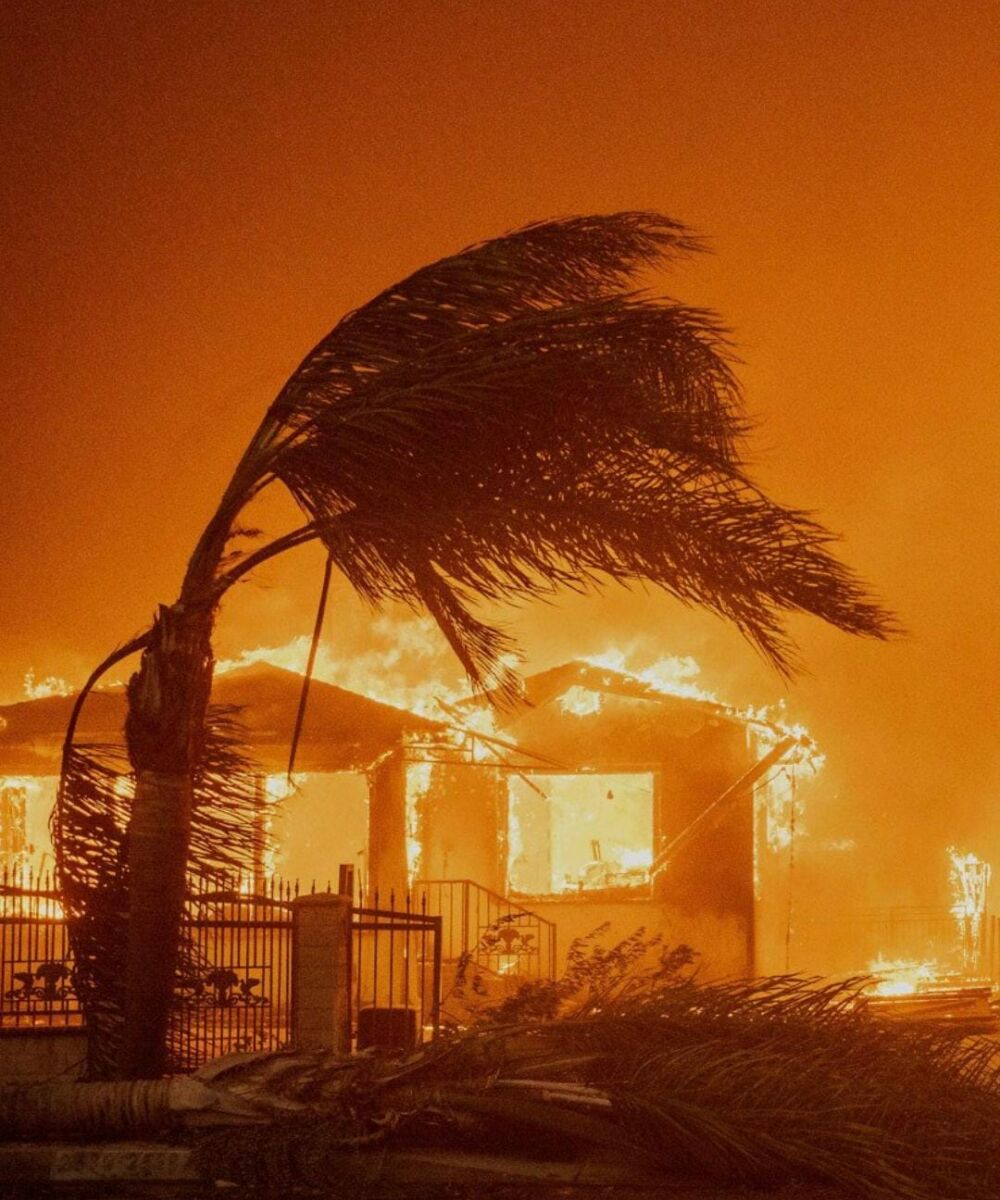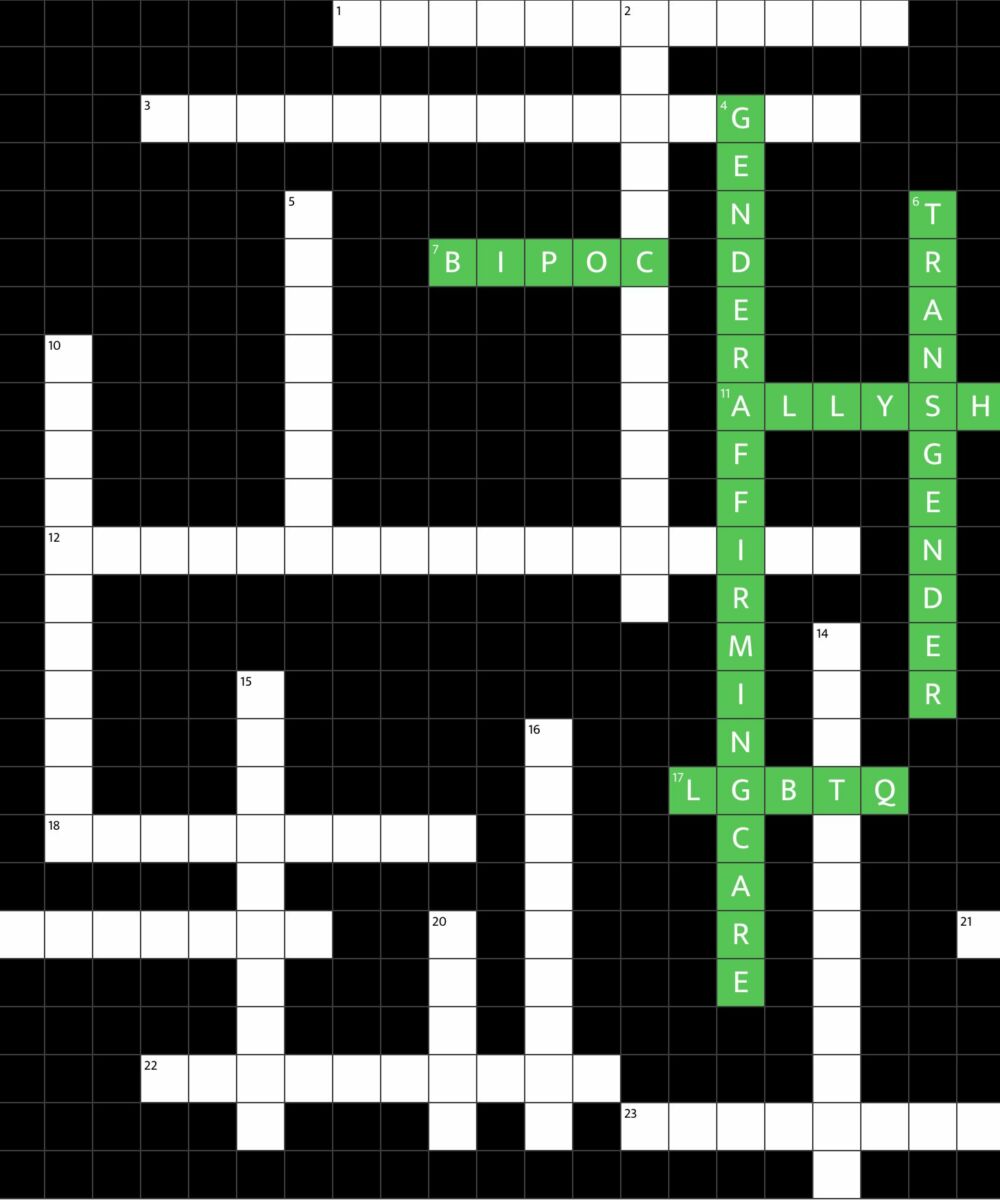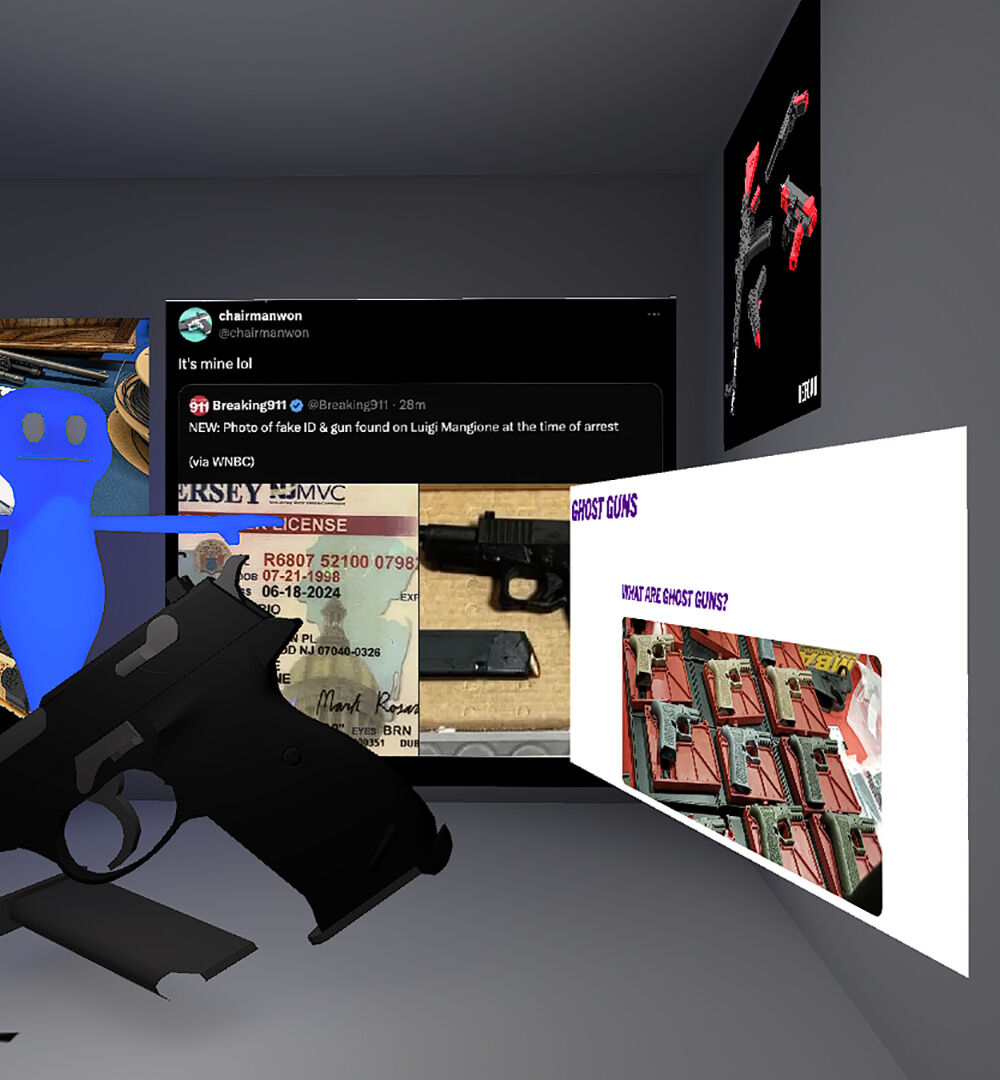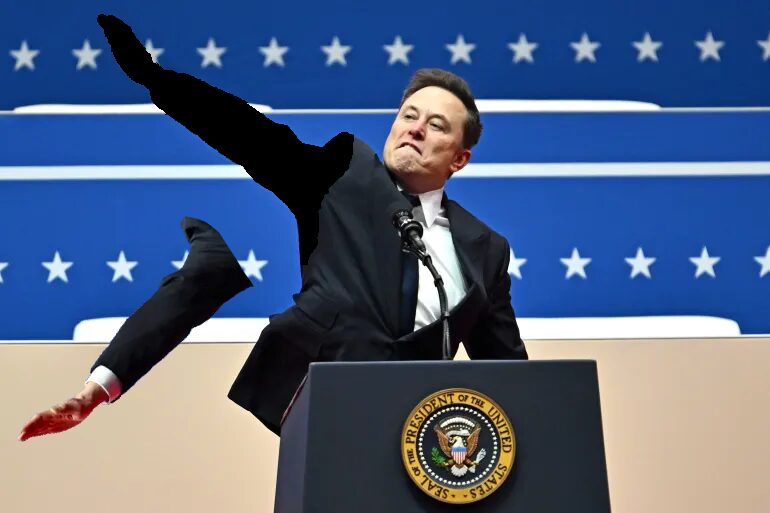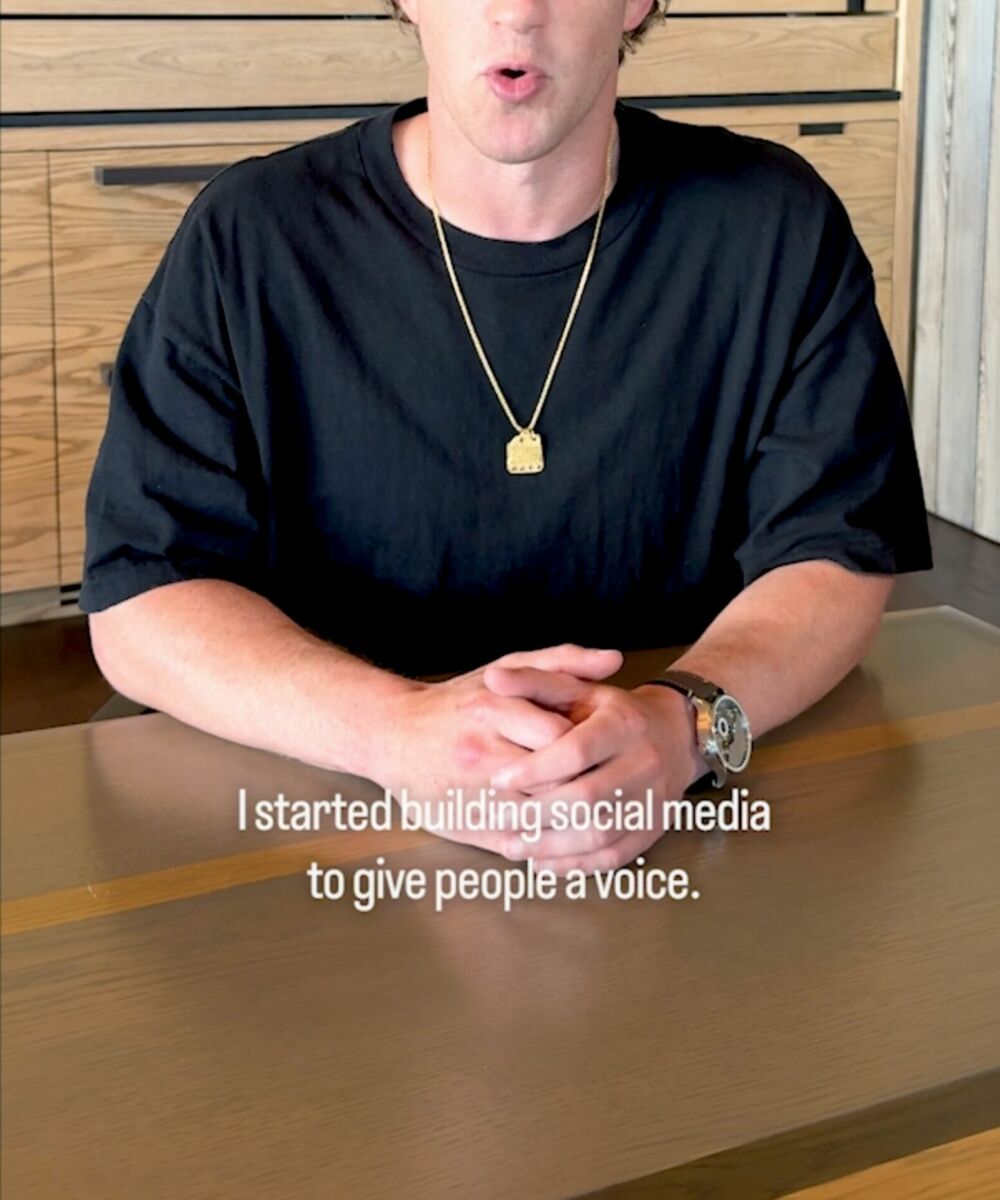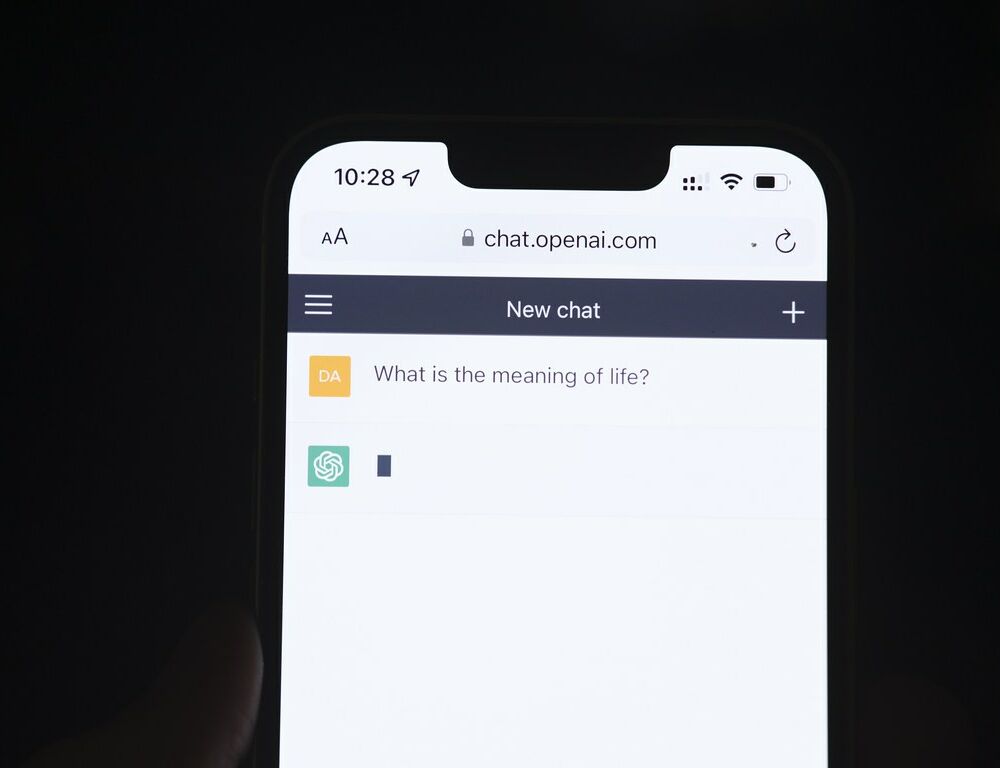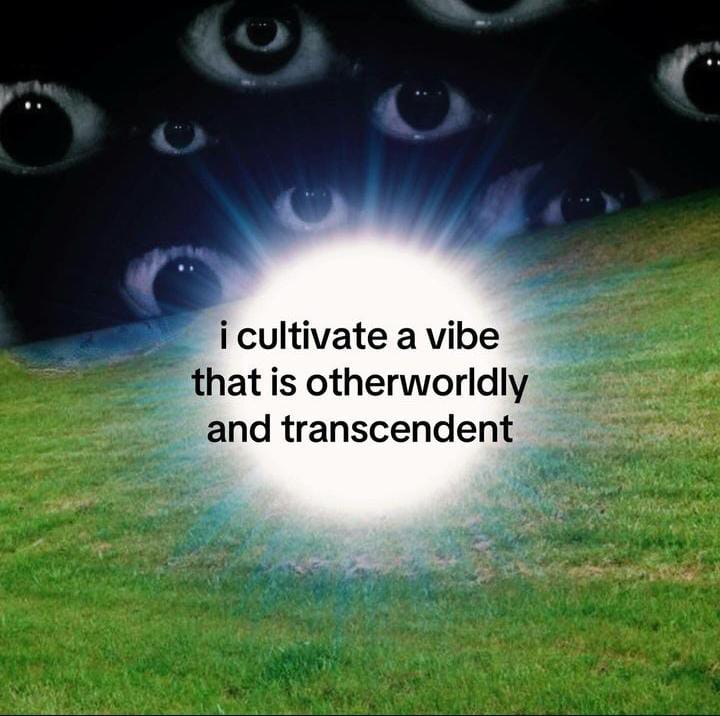Virtual reality and urban space
by Laura Cocciolillo
Can urban space and virtual space coexist? And how can digital art redesign the streets, structures and the façades of the buildings? There is a surprising and underrated meeting point between immersive technologies and urban art: in the hands of street artists, we see that virtual and augmented reality become tools capable of amplifying an artist’s creative range exponentially, liberating the art from every law of physics (and from the bureaucratic laws as well). Thus, street artists, who were the first to reappropriate urban space for themselves, also became the first to “colonize” and navigate virtual space, the new frontier of the public world.
Electronic vanguards and street art come together in the work of V3RBO, a.k.a. Mitja Bombardieri, and of the Pole Krzysztof Syruć, who goes by the nom de plume of PROEMBRION, both leading exponents of the itinerant and collective urban art exhibition In My Name, currently in Treviso until June 30 and then in Monopoli from July 19 to November 3. For the retrospective, PROEMBRION creates an environment which can be navigated freely, completely abstract and featuring brilliant colors, in which we find a collection of his works, all original, which echo those we find in the physical space. V3RBO, on the other hand, gives us a reflection on the lettering between past, present and future, involving three different media: five aluminum plates (one for every letter of his name), a video installation on three screens, and lastly an experience in VR, which transports the observer into another mystifying reality.
But how did they arrive at digital art from street art? V3RBO started by experimenting “hybrid” solutions from the very outset of his production: “my first digital cartoons were drawn with the amiga 500 in 1990, with the childish idea of creating 8bit videogames with amos basics”, explains the artist, “so I’ve always had a definite passion for digital art, alongside the physical enthusiasm and participatory thrill and challenge of the antagonism that attracted me also to start doing graffiti”. PROEMBRION, however, didn’t start investigating the potential of augmented reality in the urban space until his university days, while he was working on his thesis: “in 2011 I was working on my thesis in architecture, consisting of an urban development project that explored the possibilities of augmented reality in this environment: I had this intuitive feeling that in the future we would be able to wear some sort of device that would make the urban scene appear full of artistic works”, explains Syruć.
Urban art was born of the desire to liberate the enjoyment of the most horizontal, free and democratic culture, returning it to the street
Through this type of experimentation, artists can act directly on pre-existing architectural space – as in the case of V3RBO who, with the project FLxER, and in the first editions of Live Cinema Festival in Rome, investigated the relationship between space and digital installation “augmenting and ‘re-semanticizing’ the surfaces of building façades” – or designing new virtual spaces starting from zero, creating spaces completely detached from reality. This “is what interests me the most”, explains PROEMBRION, “using virtual reality as a blank canvas where I can create objects that have no real thickness or that float in the air, or animated gifs. Our only limit is our imagination”.
The approach “as a graffiti artist, or ‘writer’”, to digital technique, seems to share the same wave length: they are both “free” environments – the internet and the city street – in which anonymity and identity can be resolved with a nickname. The sense of this meeting, for V3RBO, “has always been simply to create as many levels of communication as possible, where video and animation introduced a temporal narrative that was both punk and irreverent, with respect to writing. It had a luminous, glitchy electric vibration, that enhanced the visual attraction; unlike the nighttime darkness that “obscures” things, these works were literally animated”.
Urban art was born of the desire to liberate the enjoyment of the most horizontal, free and democratic culture, returning it to the street and abolishing the “price of admission”; in the same way, digital art does away with “entry barriers”. But when it comes to accessibility, is digital art more or less able to reach the public? Surprisingly, phygital – the combination of physical and digital work – seems the most efficient way to involve the spectator: “it is only with this multimedia technique”, such as that which we find at the Treviso exhibition, which offers Virtual Reality, video installations and works on traditional supports, explains V3RBO, “that I was able to show people the totality of my production, immersing the viewer in an abandoned place where I really painted, but augmented by my ‘metabugs’ with videogame esthetics in ‘low poly’. Because the attitude of the ‘writer’ is similar to the challenge before the hero in a videogame, adrenaline and the search for creative solutions are answers to the boss at the highest level”.
Concluding, although the frontiers of creativity have expanded greatly, and the contact points between street art and digital art are numerous, V3RBO points out that what the new technologies have made available “are not new concepts, but rather the same ones that have always been available to us, for example in the myth of Hephaestus. What is happening today, however, is that our everyday physical experience is increasingly linked to moder technology, where the internet mirrors of the global conscience, and the separation between the physical location and the mind’s place is, oddly, greater”. It is the separation between analogue and digital which, according to the artist, “has made room for a creative space where we can experience the pleasure of bringing the two parts together, to satisfy the current need of concrete reality, a powerful craving, in this gap created by the social breakdown between those who surf the digital world and those who still perceive it as a tsunami. ‘Writers’ have always been the prime custodians of the lowest levels of the polis, so it seems natural to me to return the gut and its metabolic functions to the foreground, making the neural digital network interact with the dregs of society. The final mission is to bring serenity to this dystopic hyperbolic effect that either exalts or frightens the masses”.
LAURA COCCIOLILLO
Is an art historian specializing in art and new technologies and new media aesthetics. Since 2019 she has been collaborating with Artribune (for which she is currently in charge of new media content). In 2020 she founds Chiasmo Magazine, an independent and self-funded Contemporary Art magazine. Since 2023 he has been web editor for Sky Arte, and since the same year he has been taking care of the “New Media” column for art-frame, dedicated to digital art.



